“We live in the most part in closed rooms. These form the environment from which our culture grows. Our culture is to a certain extent a product of our architecture. If we want our culture to rise to a higher level, we are obliged, for better or worse, to change our architecture. And this only becomes possible if we take away the closed character from the rooms in which we live.”
– Paul Scheerbourt, 1914
EXPLORATION OF SPACE
Yoga is an exploration of space; the spaces we live in; the body-mind-environment spaces. Have you noticed, there are lots of closed rooms…
Did you ever have one of those dreams where you discover a new room in the house that you’ve lived in for years? You thought you knew the place inside out, but here it is right in front of you, a door, and inside the door a completely new space. What’s in there?
With a sustained practice of yoga, we sometimes get those moments in waking life- when a particular experience, perhaps an adjustment in an asana (posture), makes you go ‘Aha! This space was always here, but I never knew!’. In fact, the exploration of consciousness through diligent training of body-mind processes can open out an infinite number of new ‘rooms’ for us to experience. Yet we tend to exist on a day to day level in a small, cramped abode, without questioning the limitations this puts on our potential for growth.
There are certain aspects of our body-mind architecture that we have no choice about. But we usually have more agency than we believe possible. Let’s take a simple example. As we age, the thoracic dorsal vertebrae, especially T6-9, begin a process of protruding outwards, or cyphosis. This can occur very slowly over many years, or in some cases more rapidly. In any case, as the spine ages that’s what happens. It is also exacerbated by how we live, for example working on screens, driving, caring….everything that gives us the ‘hunch’ of the middle-upper back.
THE THORACIC DORSAL
The thoracic dorsal spine is proximal to the back of the chest. So when the spine in this region withdraws, it’s like closing a room in your house; shutting it off with a door that will eventually become so rusty and fixed that no amount of pushing and pulling will open it again. The implications of closing the back door to your chest are potentially serious. It’s where your heart and lungs live. In yogic terms the chest space also houses the seat of the spiritual heart or intuitive intelligence, which brings light and vitality and uplifts our everyday experiences. It’s the place in which we feel love most acutely and tangibly. I’d say it’s worth keeping it open for business.
SOMETHING TO TRY…
If we make a repeated small daily effort to move the thoracic dorsal in, to maintain its function as a support and gateway to everything in front of it, then we can reduce the pace at which the door becomes rusted shut; possibly even avoid that happening all together. This can be done through various asana, with or without props (see the pictures for some ideas).
Try one or two of these poses every day for two weeks and see if you feel a difference. As Paul Scheerbourt suggests, change your architecture. Change your culture. Do this with the intention of acknowledging and cultivating the intimacy between the back and the chest. Allow them to collaborate. This will frame how we experience and inhabit the space between them. That space where love happens.

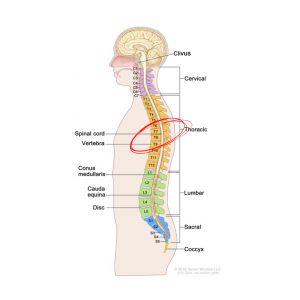
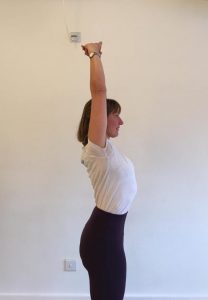
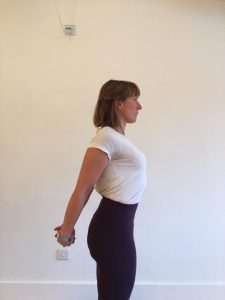
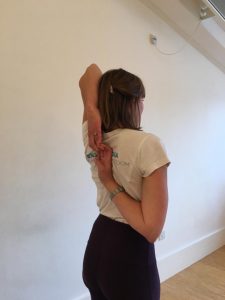
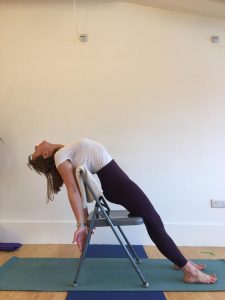
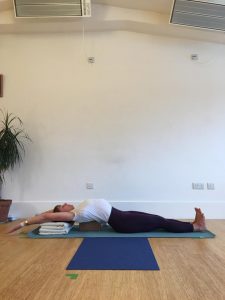


Comments are closed.